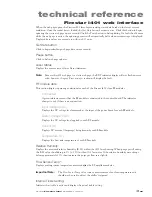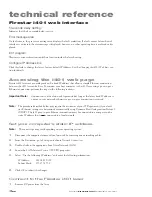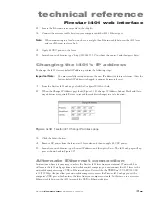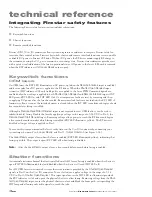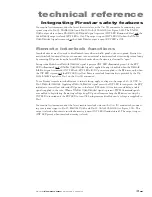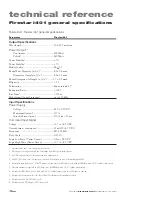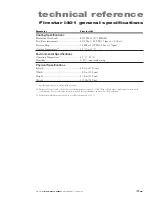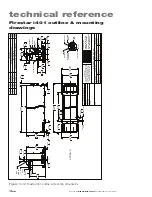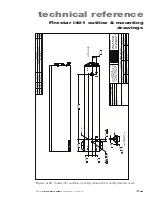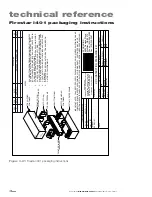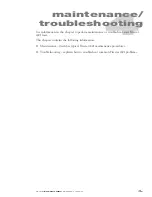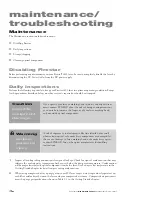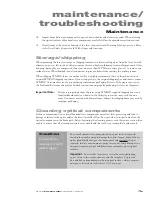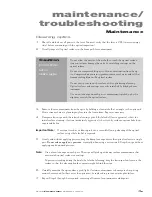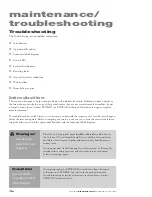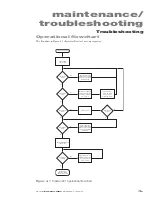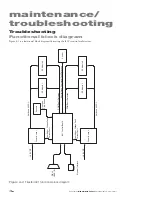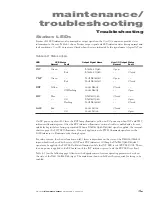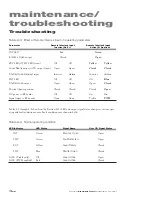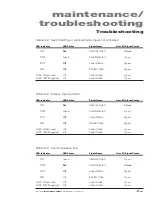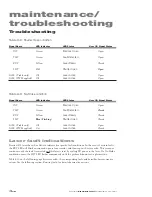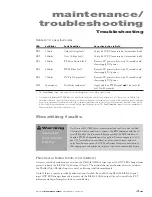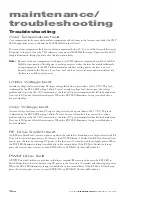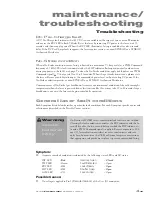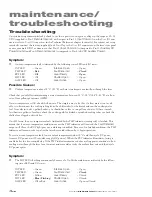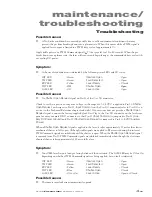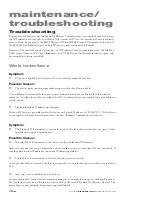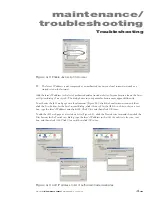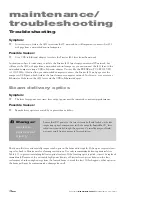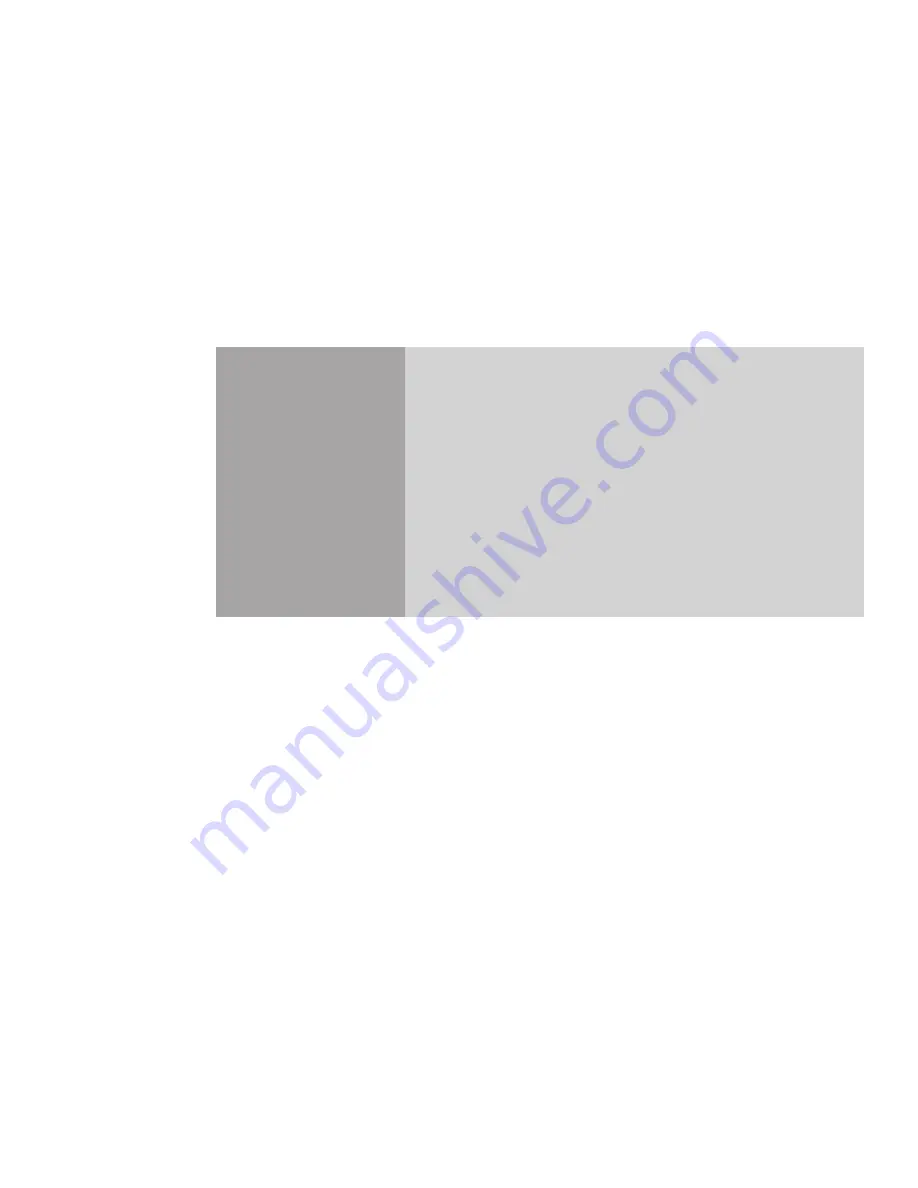
maintenance/
troubleshooting
4
5
Synrad
Firestar i401
operator’s manual
Maintenance
Cleaning optics
1
Shut off and lock out all power to the laser. You must verify that the laser is OFF (in a zero-energy
state) before continuing with the optical inspection!
2
Visually inspect all optical surfaces in the beam path for contaminants.
Caution
possible
lens
damage
Do not allow the nozzle of the air bulb to touch the optical surface.
Any contact may damage the optic by scratching coatings on the
optical surface.
Do not use compressed shop air to blow contamination from the op-
tic. Compressed air contains significant amounts of water and oil that
form adsorbing films on the optical surface.
Do not exert pressure on the surface of the optic during cleaning.
Optical surfaces and coatings are easily scratched by dislodged con-
taminants.
Use a new lens wipe on each pass as contaminants picked up by the
wipe may scratch the optical surface.
3
Remove loose contaminants from the optic by holding a clean air bulb at an angle to the optic and
blow a stream of air at a glancing angle across the lens surface. Repeat as necessary.
4
Dampen a lens wipe with the selected cleaning agent. Ethyl alcohol (least aggressive) is best for
initial surface cleaning. Acetone (moderately aggressive) is best for oily residue or minor baked-on
vapors and debris.
Important Note:
If acetone is used as a cleaning solvent, a second follow-up cleaning of the optical
surface using ethyl alcohol is required.
5
Gently, and without applying pressure, drag the damp lens wipe across the optical surface in a single
pass.
Do not rub or apply any pressure
, especially when using a cotton swab. Drag the wipe without
applying any downward pressure.
Note:
Use a clean lens wipe on each pass. The wipe will pick up and carry surface contaminants that
may scratch optical surfaces or coatings.
To prevent streaking during the final ethyl alcohol cleaning, drag the lens wipe slowly across the
surface so that the cleaning liquid evaporates right behind the wipe
6
Carefully examine the optic under a good light. Certain contaminants or damage such as pitting
cannot be removed. In these cases the optic must be replaced to prevent catastrophic failure.
7
Repeat Steps 4 through 6 as required, removing all traces of contaminants and deposits.

